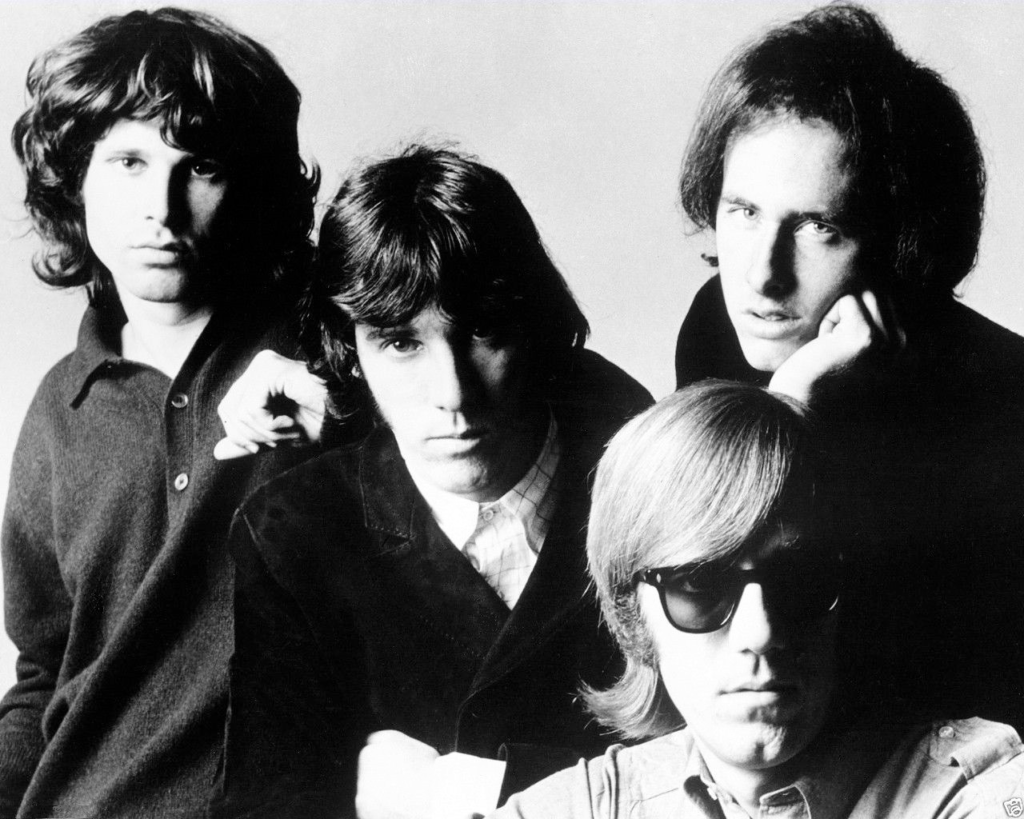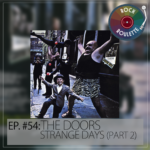
Episode 54 is here! We finish our review of the 2nd studio album from The Doors, Strange Days from 1967! Pshhhkkkkkkrrrrkakingkakingkakingtshchchchchchchchcch*ding*ding*ding*
Strange Days is the second studio album by the American rock band the Doors, released on September 25, 1967, by Elektra Records. After the successful release of The Doors, the band started experimenting with new and old material as well in early 1967 for this second record.
Upon release, Strange Days reached number three on the US Billboard 200, and eventually earned RIAA platinum certification. It contains the two Top 30 hit singles, “People Are Strange” and “Love Me Two Times“.
The Doors
Jim Morrison – vocals, moog synthesizer on “Strange Days”[3]
Ray Manzarek – keyboards, marimba, harpsichord on “Love Me Two Times”[19]
Robby Krieger – guitar
John Densmore – drums
Production
Paul A. Rothchild – production
Bruce Botnick – engineering
Joel Brodsky – cover photography
William S. Harvey – cover concept and art direction
Additional Musicians
Doug Lubahn – bass guitar (except on “Unhappy Girl”, “Horse Latitudes” and “When the Music’s Over”)
Paul Beaver – moog synthesizer programming on “Strange Days”
Intro Music/Wheel Spin Music by LiteSaturation from Pixabay
Image by By APA-Agency for the Performing Arts-management

Fair Use
* Copyright Disclaimer Under Section 107 of the Copyright Act 1976, allowance is made for "fair use" for purposes such as criticism, comment, news reporting, teaching, scholarship, and research. Fair use is a use permitted by copyright statute that might otherwise be infringing. Non-profit, educational, or personal use tips the balance in favor of fair use. No copyright infringement intended. ALL RIGHTS BELONG TO THEIR RESPECTIVE OWNERS
This is our musical reaction, breakdown, and commentary analysis of the song. We intend no copyright infringement, and this is not a replacement for listening to the artist's music. The content made available through this site is for educational and informational purposes only.
The site may contain copyrighted material owned by a third party, the use of which has not always been specifically authorized by the copyright owner. Notwithstanding a copyright owner’s rights under the Copyright Act, Section 107 of the Copyright Act allows limited use of copyrighted material without requiring permission from the rights holders, for purposes such as education, criticism, comment, news reporting, teaching, scholarship, and research. These so-called “fair uses” are permitted even if the use of the work would otherwise be infringing. *





